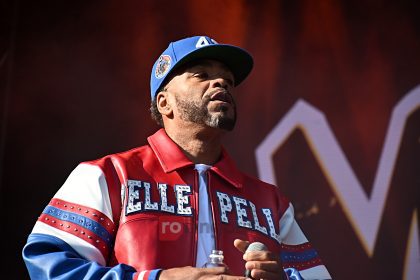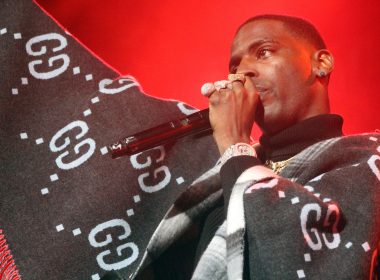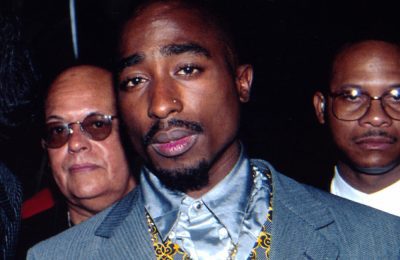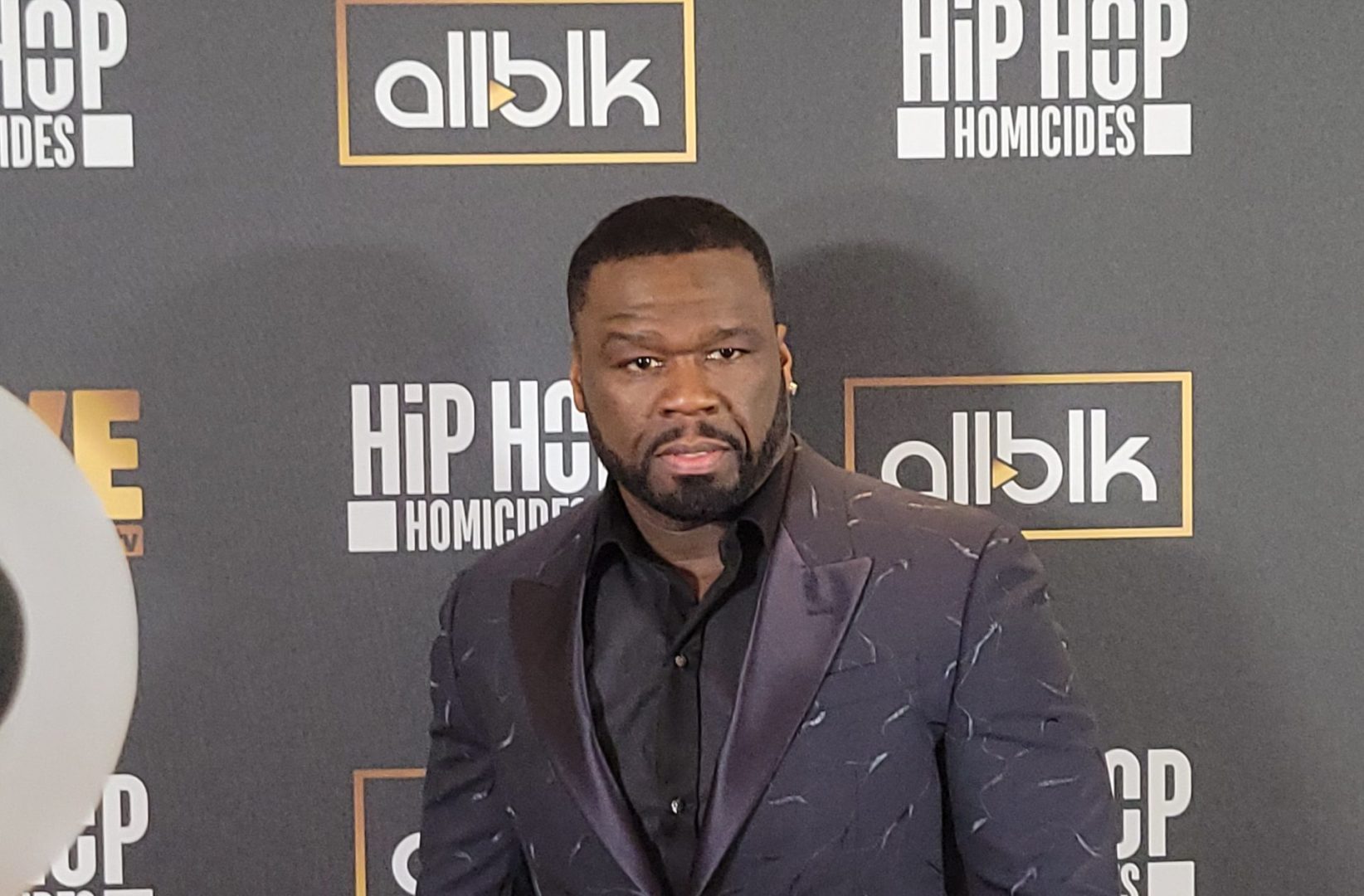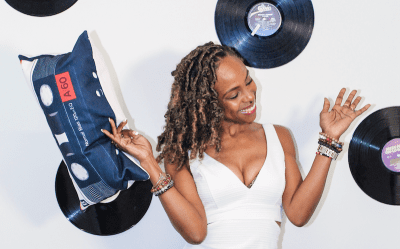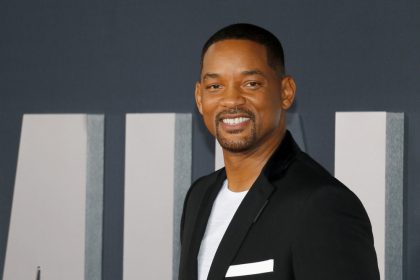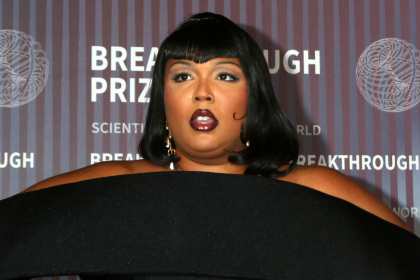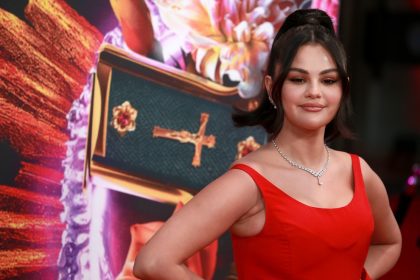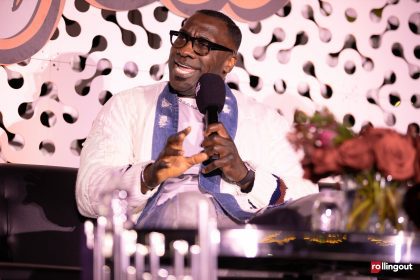In cities across America, a quiet shift is taking place that could mean a lot for hip-hop fans and artists. The emergence of “classic rap” radio is becoming a very real phenomenon that many fans have been clamoring for since the late 1990s. Fans of EPMD, 2Pac, LL Cool J and Salt-N-Pepa have typically had only satellite radio and streaming services to look to if they wanted to hear their favorite rappers of yesteryear, but the FM dial is starting to embrace the format. But will it lead to younger hip-hop fans embracing older hip-hop? That’s a hard question to answer.
Classic hip-hop radio can go a long towards bridging the rift that has emerged between rap’s Generation X and Millenials. Obviously, some generation gaps can’t be closed, and with older hip-hop so culturally buried, its unlikely that radio will erase what the last decade-and-a-half of “era segregation” has done to how many people view hip-hop as a whole.
The NY Times reports that Radio One has added the classic hip-hop format to cities like Atlanta, Dallas and Philadelphia, with other broadcasters following suit. Now, stations like BOOM 92 in Houston and Old School 93 in Atlanta are gaining ground and sparking competition. IHeartMedia, formerly known as Clear Channel, now has two classic hip-hop stations, KMJM-FM (100.3) in St. Louis and WSOL-FM (101.5) in Jacksonville, Fla.
One obvious question is: what took so long?
Classic rock radio has been a mainstay on most FM dials since the early ’80s — around the time MTV was launching new images and voices that became icons to a new generation. If you measure rock’s “age” from around the time hits like “Rocket 88” and “Shake Rattle and Roll” began hitting the charts in the 1950s; that means that the genre’s generation gap was recognized around the time it hit the 30 year mark. “Old school R&B” radio stations have been popular since at least the 1990s. Using these older genres as measuring sticks, it would suggest that classic rap radio should’ve become a fixture as far back as the early 2000s. Now, classic rap radio is being looked upon to introduce music that seems totally foreign to younger listeners who grew up with more R&B-friendly productions and conversational rhymes about clubbing and relationships. The boom-bap raps of Boogie Down Productions, the noisy collages of Public Enemy or grimy thud of early Wu-Tang Clan; it’s all very far removed from what Drake or Nicki Minaj is doing today. But that’s not exclusive to hip-hop: the bluesy riffs of the Rolling Stones didn’t exactly sound like poppy power chords of Weezer, either. But they didn’t have to — they were already an indelible part of the culture by the time Weezer came along. You knew the Stones’ music even if you were too young to have grown up with it.
One often-cited criticism of contemporary hip-hop fans and industry is the tendency to dismiss older artists; the veterans of the genre who crafted those classic ’80s and ’90s singles and albums. It’s not hard to see why younger fans have little-to-no-interest in hip-hop pre-1996: they haven’t been exposed to it at all. It seems reasonable to suggest that many Generation Xers were introduced to ’60s and ’70s Rolling Stones hits via classic rock radio or VH1 (in its previous incarnation) or Scorsese movie soundtracks. For someone born in 1992, there hasn’t been the same kind of cultural omnipresence when it comes to hip-hop. In the History of the Eagles documentary, guitarist/songwriter Glenn Frey credited classic rock radio for his band’s enduring popularity. Well after the Eagles broke up in 1980, their songs were staples on the airwaves, introducing them to kids who had no firsthand memories of the band’s heyday.
Until now, aging rappers have had no such format, turning an entire generation of hip-hop artists into relics before they’re even 50 years old. Last year, Ice Cube, De La Soul, Public Enemy and LL Cool J embarked on a very successful national tour together. Four of the most impactful hip-hop acts of all time hitting the road together should’ve been a huge story for a culture that claims to be the music of a generation. But it was hardly front page news to anyone outside of die-hards. Meanwhile; Paul McCartney, the Rolling Stones and Neil Young have all been featured on the covers of Rolling Stone over the past two years—well into their 60s and 70s.
“It’s hard for the youth today to respect who came before them,” says The LOX’s Styles P of the disregard in hip-hop. “I still see Rakim today and he’s still the same god Rakim to me. That’s still Kane. That’s still Kool G. Now if you outsell somebody, [you] don’t respect the elders.
“That’s why they don’t hold the culture in high regard.”
His bandmate Sheek Louch agrees.
“This is the only entertainment thing that you have to be young with,” says Sheek. “These rockers rocked for mad long and still have careers. With this hip-hop s— you’re supposed to be young and then you leave it alone. Nowhere else.”
Classic rap radio could be the first step towards changing that perception. If it were to be followed by other permutations of hip-hop; such as adult contemporary rap formats or alternative rap formats, etc.; it would definitely do wonders for how we view the genre. Hip-hop isn’t a monolith and it hasn’t been for a very long time, forcing it all to sit at the same proverbial table has only stifled it and rendered its audience largely ignorant about it’s variety and scope. But if these radio stations remind fans that Slick Rick is more than the “La Da Da Di” guy or show them that LL Cool J isn’t just an actor who used to rap, that’s a win for everybody.
Here’s hoping we build on it.


